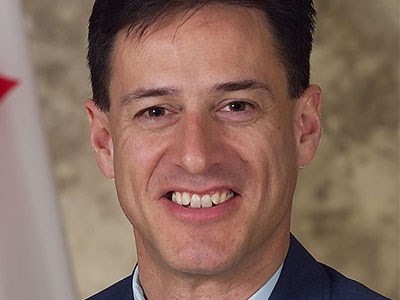A new program is offering Canada’s military personnel opportunities for apprenticeships that will present them with second career options while addressing the country’s dearth of skilled trades workers.
Established in the U.S. a decade ago, Helmets to Hardhats (H2H) was introduced in Canada last May as a partnership between government, industry and unions, which also provides funding.
“The unions and the companies in the building/construction industry decided to see if they could tap into the pool of vets returning from Afghanistan who were looking to shed the uniform and do something new in life, and get them trained and qualified as skilled workers in that industry,” said retired brigadier-general Greg Matte, the organization’s executive director.
Any veteran who has served is eligible for the program, with the exception of those who have been dishonourably discharged from the military.
Veterans who enroll receive one-on-one counselling to determine their interests and how their military skills can transfer to civilian work.
A website functions as a matchmaking mechanism, connecting veterans with companies that have apprenticeship spots available, while the unions offer mentorship in their trade of choice.
Through the program, veterans would be given priority for 10 per cent of the apprenticeships available, Matte said. So, if there are 40 openings available, and 40 people are waiting for a spot, priority would be given to four veterans.
With some apprenticeship spots already in short supply, Matte recognizes this arrangement could ruffle some feathers.
“Some people are going to jump up and down and say that’s unfair, and they’re correct, to a point,” Matte said.
“But the reason why I have no ethical problem with that is that, first of all, I hope you’d agree with me that our vets have already done an awful lot for our country. Second of all, something that most people don’t realize is that vets actually have a hard time getting a decent job in the civilian world.”
Interviewers often don’t understand, for example, that a ‘mobile support equipment operator,’ in military terms, equates to a heavy equipment operator in civilian life, and can pass over a vet with exemplary qualifications.
In other cases, veterans have difficulty adjusting to the culture of a civilian workplace, which doesn’t always mirror the supportive, trusting environment the military affords.
“The military culture is one of supporting each other to the bitter end, because when you’re in combat and you’re having a bad day, you don’t want that to be your final day,” Matte said.
“So you depend on the guy beside you to save your life – literally. It’s a pretty deep-blood contract.”
Other veterans are haunted by the violence they experienced in combat, struggling with drugs or alcohol, or domestic problems.
“I’ll be honest: I have a few people registered with me who are homeless,” Matte said. “It happens.”
The Canadian Chamber of Commerce predicts a shortfall of 180,000 skilled workers in Canada within the next 10 years, yet only 900 veterans are enrolled in the program, Matte said.
Annually, 4,000 to 6,000 veterans leave the Canadian armed forces and some of those do retire, so the number of vets who would be seeking apprenticeship positions is limited.
But those who are seeking assistance would make valuable employees.
“They could one day become supervisors at a site, or managers or general managers, because they have that leadership quality about them,” Matte said.
Matte emphasized the program isn’t about placing as many veterans as possible, but rather finding quality, long-term career opportunities for those who want them. And the organization is choosy about the companies it allows into the program, rejecting more companies than it accepts.
Successful companies will offer excellent wages, a pension plan, benefits, and opportunities for training and progression within the company. Companies must also be affiliated with a union, as the unions have invested financially into the H2H program.
There aren’t currently any participants in H2H in the North, in large part because the military presence in the North is limited to Canadian Forces Base North Bay and there aren’t many veterans seeking to relocate to Northern Ontario.
But Matte is confident the program will eventually expand north, and when it does, he’s hopeful Northern Ontario’s thriving industrial sectors will make room for its veterans.
“They’ve already done an awful lot for our country,” Matte said. “Let’s give them a good opportunity here.”




